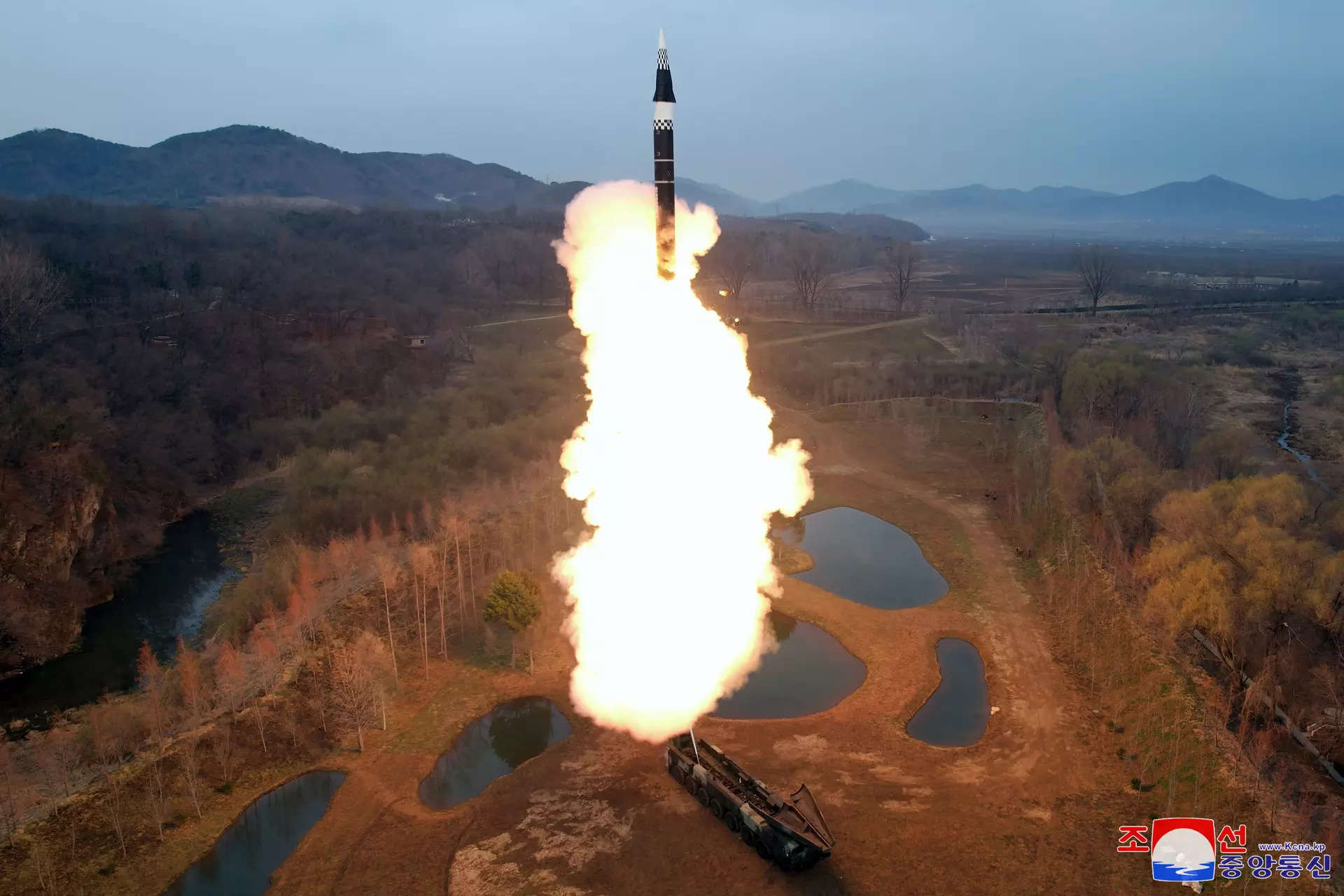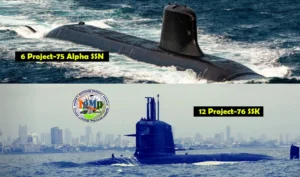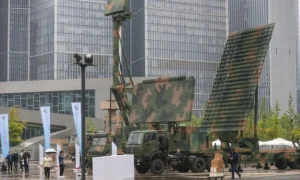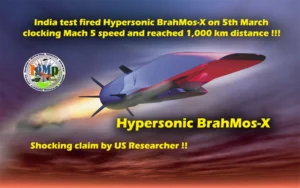The North is developing missiles and nuclear weapons undeterred by sanctions in the wake of U.N. Security Council bans, while analysts say solid-fuel missiles can be faster to deploy than liquid-fuel variants.
It drew swift condemnation from neighbours South Korea and Japan, as well as the United States for firing the intermediate-range ballistic missile (IRBM) into the sea on Tuesday.
Kim oversaw the launch of the new Hwasong-16B missile, KCNA said, calling it a strategic weapon showcasing the “absolute superiority” of the North’s defence technology.
It perfects the North’s project for “putting all the tactical, operational and strategic missiles with various ranges on solid-fuelled, warhead-controlled and nuclear warhead-carrying basis,” Kim said, according to KCNA.
That would give North Korea the capacity for “rapidly, accurately and powerfully striking any target in the enemy side worldwide,” Kim said. Analysts said it was unclear if the North would exclusively use solid-fuel missiles in future, and what the switch would mean for its arsenal of liquid-fuel weapons, such as its largest Hwasong-17 and Hwasong-15 intercontinental ballistic missiles (ICBMs). North Korea may heavily favour solid-fuel systems where possible, but actually phasing out liquid-fuel weapons is likely to play out over years, said Ankit Panda of the U.S.-based Carnegie Endowment for International Peace.
“There are obvious strategic advantages to an all-solid-fuel force for them in the form of greater promptness, responsiveness, and survivability,” he added.
North Korea would need to have high confidence in its production capabilities to allow solid-fuel missiles to sit for a number of years, during which they may develop imperfections that lead to in-flight failures, Panda added.
“India and other countries have had problems with this sort of thing with solid-fuel missiles,” he said. “Liquid-fuel missiles, despite their strategic disadvantages, don’t face this particular long-term handling problem.”
A move away from liquid fuel would be surprising, given recent state media coverage of such weapons, but would make sense if North Korea wants an extremely responsive missile force, said Decker Eveleth of the James Martin Center for Nonproliferation Studies in California.
“Solid-fuel missiles are much, much faster to get off the ground in an emergency,” he said in a post on X.
Such a shift could also see North Korea place some ICBMs in silos, in addition to the mobile launch vehicles it has exclusively used so far, Eveleth added.
North Korea’s pursuit of hypersonic vehicles helps its broader effort to field warheads tougher to intercept.
Warheads typically launched by such missiles travel at more than five times the speed of sound or about 6,200 kph (3,850 mph), often manoeuvring at relatively low altitudes.
That manoeuvrability, not speed, is the most attractive feature of such weapons, analysts say, as the latter can sometimes be matched or exceeded by traditional ballistic missile warheads.
Tuesday’s launch, which followed a ground test late in March of a solid-fuel engine for a new type of intermediate-range hypersonic missile, was also condemned by Britain, which said it breached UN Security Council resolutions.







